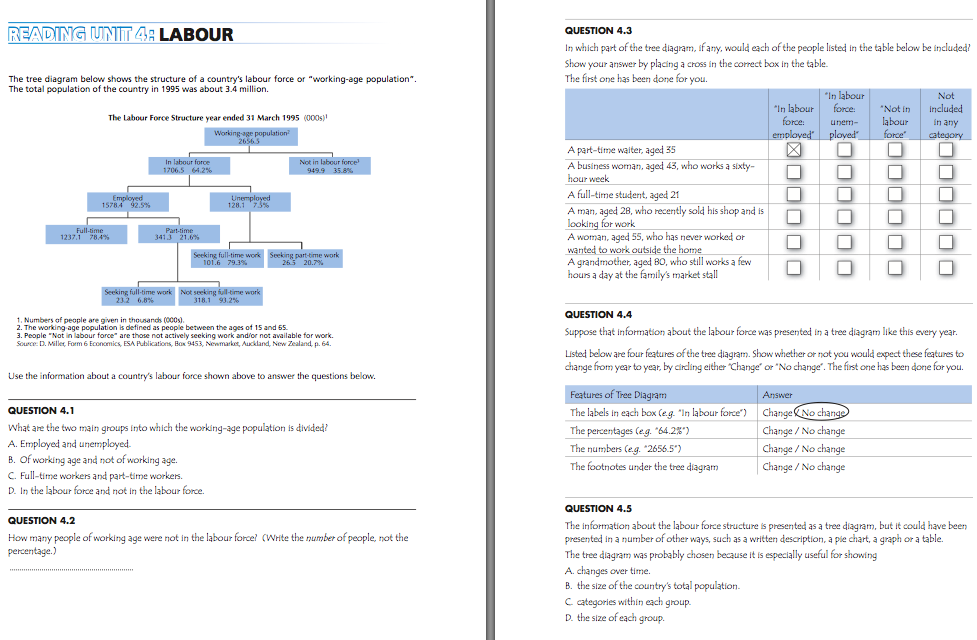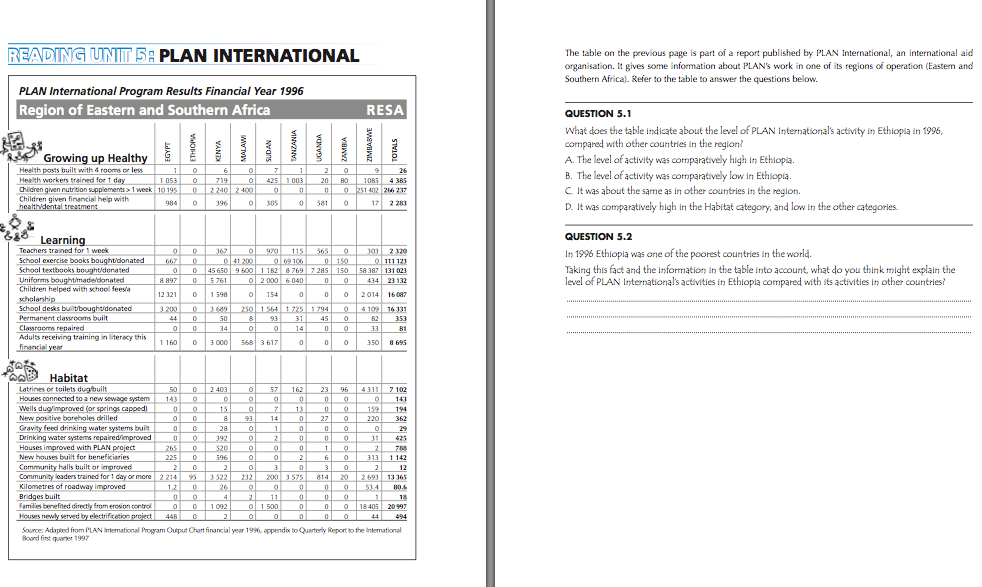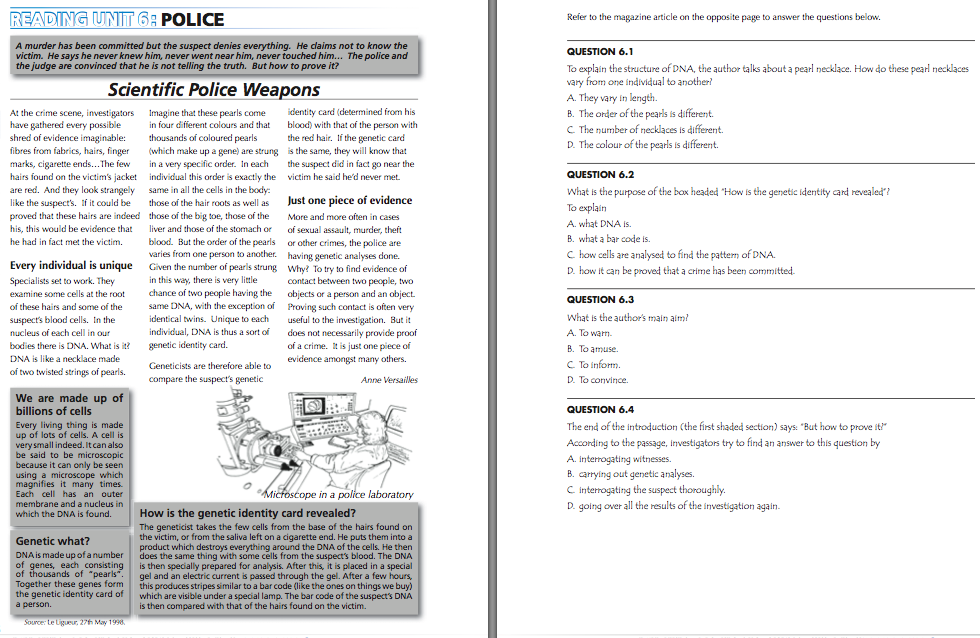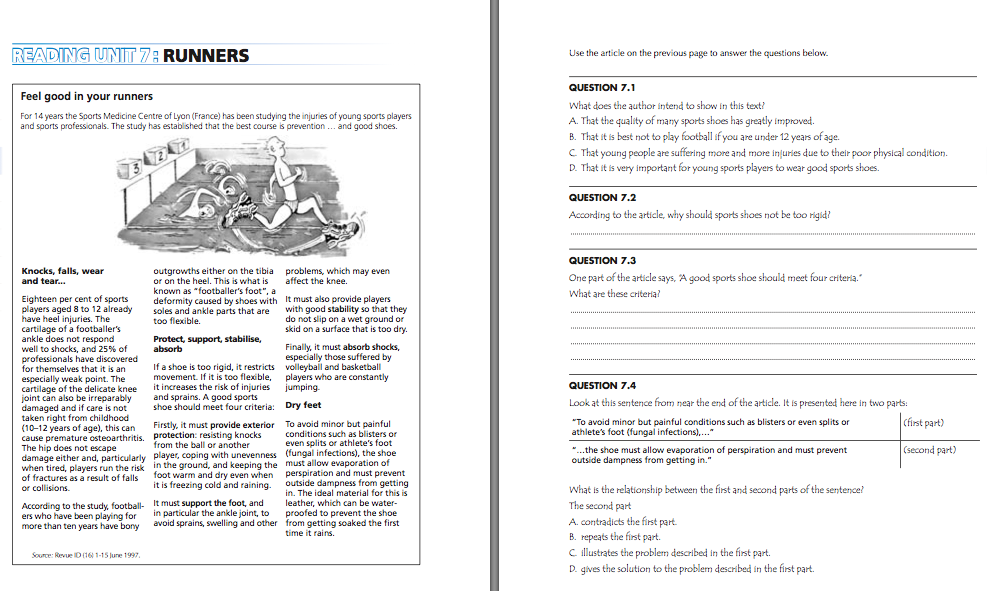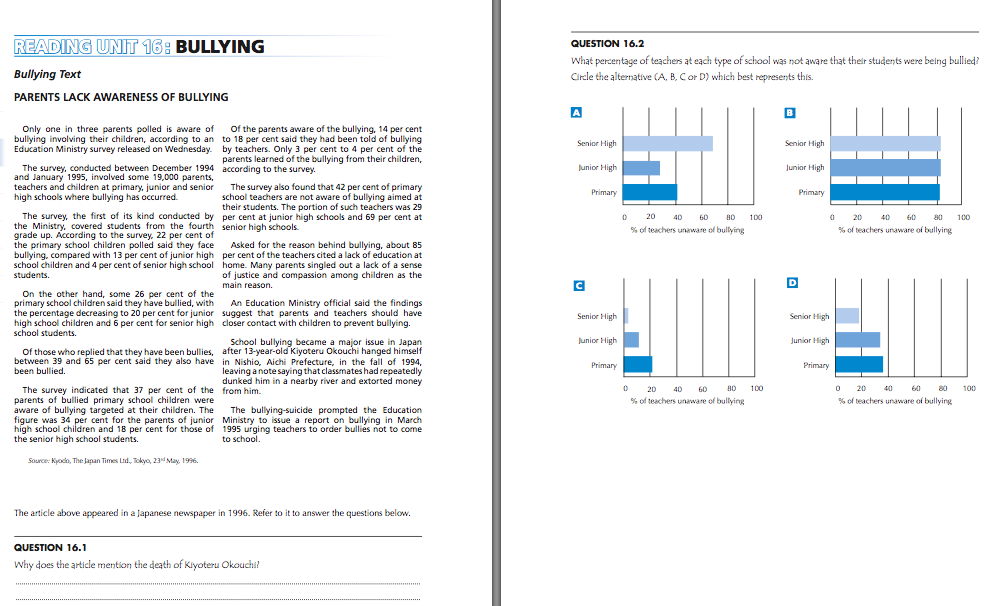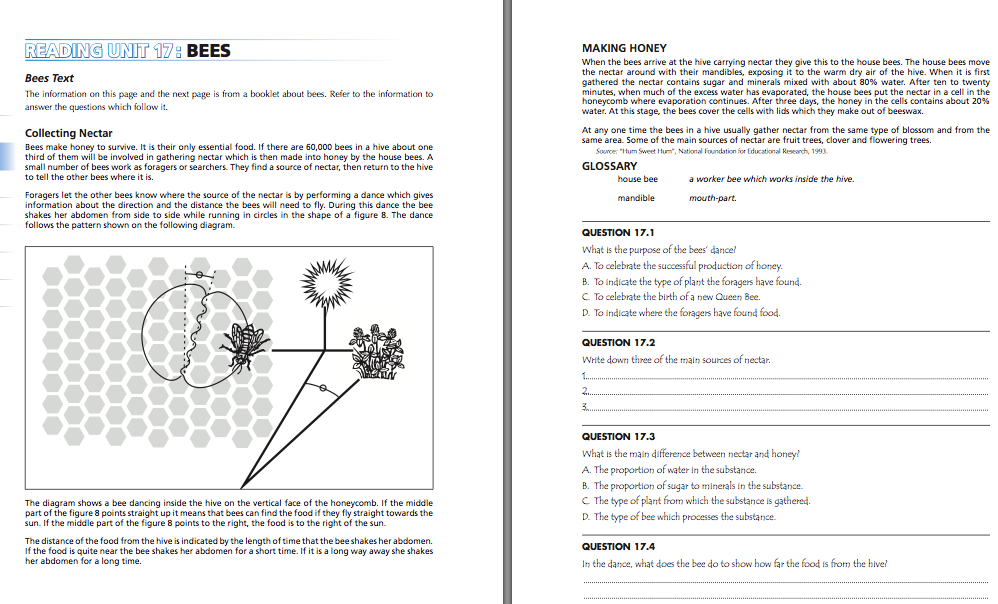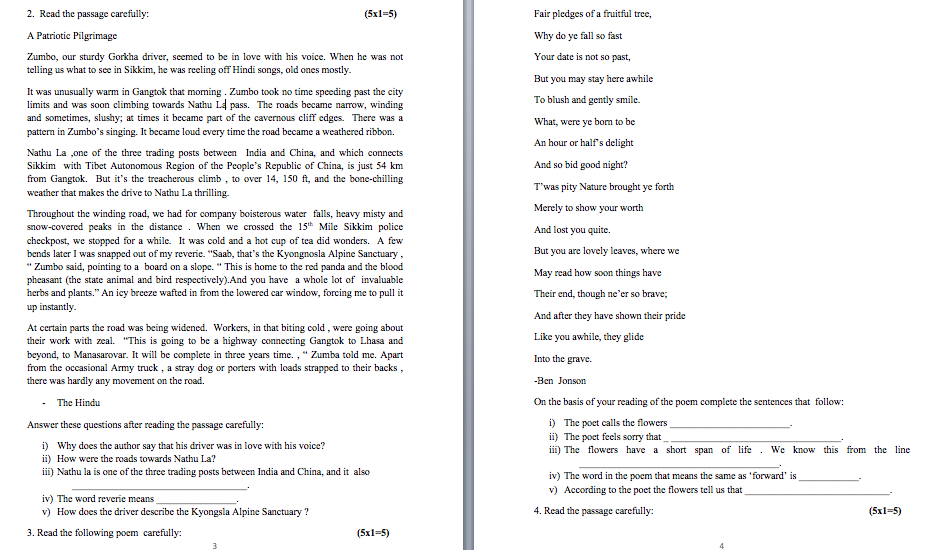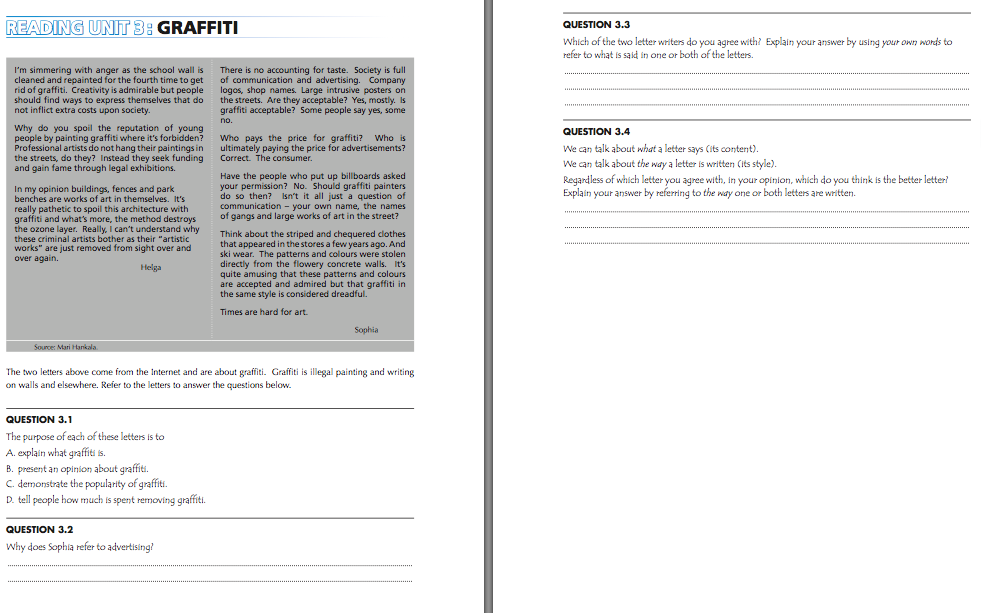I have been thinking of this issue since December when I interacted with a niece and nephew of mine (see below). Today I came across a TOI report on Indian students being at the bottom (2nd from bottom), which made me reflect further and write this post. Following are some excerpts from that report.
Fifteen-year-old Indians who were put, for the first time, on a global stage stood second to last, only beating Kyrgyzstan when tested on their reading, math and science abilities.
India ranked second last among the 73 countries that participated in the Programme for International Student Assessment (PISA), conducted annually to evaluate education systems worldwide by the OECD (Organisation for Economic Co-operation and Development) Secretariat. The survey is based on two-hour tests that half a million students are put through.
… The states of Tamil Nadu and Himachal Pradesh, showpieces for education and development, were selected by the central government to participate in PISA, but their test results were damning.
15-yr-old Indians 200 points behind global topper
Tamil Nadu and Himachal, showpieces of India’s education and development, fared miserably at the Programme for International Student Asssment, conducted by the Organisation for Economic Co-operation and Development Secretariat.
An analysis of the performance of the two states showed:
In math, considered India’s strong point, they finished second and third to last, beating only Kyrgyzstan
When the Indian students were asked to read English text, again Tamil Nadu and Himachal Pradesh were better than only Kyrgyzstan. Girls were better than boys
The science results were the worst. Himachal Pradesh stood last, this time behind Kyrgyzstan. Tamil Nadu was slightly better and finished third from the bottom
The average 15-year-old Indian is over 200 points behind the global topper. Comparing scores, experts estimate that an Indian eighth grader is at the level of a South Korean third grader in math abilities or a second-year student from Shanghai when it comes to reading skills.
The report said: "In Himachal, 11% of students are estimated to have a proficiency in reading literacy that is at or above the baseline level needed to participate effectively and productively in life. It follows that 89% of students in Himachal are estimated to be below that baseline level."
The detailed and insightful blog posts here, here, here, here and here have more details on this PISA test and MHRD’s reaction to India’s performance.
So here are my personal thoughts on this.
As I mentioned earlier, this December I interacted with a nephew and a niece in India. This niece lives in a small town (Vyasanagar) and had 85%+ in her class ten exam and was preparing for her +2 Science exams. She was very good at solving math problems on topics that she had already learned. For some reason I asked her to read a new section in the book and solve the problems at the end of the section. She could not do it. She asked me to explain that section. Upon further inquiry I found that her studying pattern was to attend "tuition" where the tuition master would explain a particular section of a book and then give problems. In other words she was lacking in "reading comprehension". The same story with respect to my nephew, an engineering student. He could not read a section on his own and understand it well enough to solve the problems at the end of the chapter.
Considering the prevalance of "tuition" in India the above are not isolated cases. I think the "epidemic" of tuition is due to the fact that most school students in India have not developed the "reading comprehension" skills. That is because developing the "reading comprehension" is neither emphasized nor tested and this is especially true with respect to "Reading comprehension in English".
Starting from the very beginning, English text books have a series of chapters with stories, essays or poems and at the end of it there are questions with respect to them. This seemingly suggests that students using those text books are being taught "Reading comprehension in English".
That is not the case.
Most often, the teachers or the tutors read the text and explain the students those chapters. At times they may ask the students to read the text aloud. But that does not automatically develop the "reading comprehension" skills.
I am surprised that the neglect of the development of "reading comprehension" skills has not been widely noticed and acted upon. Following are pointers to some places where they have been noticed. But I am not sure they have been properly addressed.
The wonderful organization Pratham has a "Read India" program. Following is an excerpt from their main page:
Read India was therefore launched on a national scale in 2007 to help achieve the following objectives:
* All Std I children know at least alphabets & numbers.
* All Std II children can read at least words & do simple sums.
* All Std III-V children can at least read simple texts fluently & confidently solve arithmetic problems.
Later in that page they have:
In 2009-10 Read India moved to the next level, Read India II, focuses on higher grade-specific learning competencies, where basics have been achieved.2010 onwards, Read India II moved from our previously used model of short-term large-scale learning campaign mode to a longer, more sustained presence in the villages that we work in, in order to bring about a deeper more permanent impact.
However, no where in that page "Reading Comprehension" is mentioned. But by googling the phrase "Reading to Learn R2L methodologies Pratham" I was able to reach the page http://www.prathamusa.org/programs/learning-support-classes where "reading comprehension" is mentioned in the following context.
Read to learn (R2L) picks up where Learn to Read leaves off. Out-of-school children are the priority of the program. Once children have built their basic reading skills, they are taught how to read with comprehension and express what they have learned. R2L classes have two phases:
- Phase 1 (R2L1) strengthens reading, comprehension of school and other texts, and independent writing.
- Phase 2 (R2L2) ensures that the children complete the basic curriculum for Grade III as prescribed by the National Council for Education Research and Training (NCERT).
The 2006 NCERT document at http://www.ncert.nic.in/new_ncert/ncert/rightside/links/pdf/focus_group/english.pdf makes the following point.
3.5 Text Books
All this implies much more teacher and learner control over the texts used in class, including textbooks. Curricular freedom cannot exist in the presence of a single prescribed text. Earlier practices of choosing from a range of available texts can be revived; some states like Orissa have come up with innovative textbooks with short units that can be “covered” within a single class (Sunwani 2005), incorporating the idea of a reading card. Language should be seen as a “dynamic” text, i.e. exposure should be to new occurrences of comparable language samples everyday, rather than repeatedly to a single text
that is mastered (Amritavalli (1999) makes an analogy with the learning of a raga in Indian classical music). This will prepare the child for tests of “unseen” comprehension passages. Teachers and learners need to evolve for themselves a balance in the use of predictable and unpredictable texts that suits their individual levels of comfort.
But I wonder if anything has been done about it.
What needs to be done is from the very beginning "Reading comprehension" should be emphasized and tested. How? As suggested in the above mentioned NCERT document, students should be trained to read passages on their own and answer questions about them. They should be tested with respect to passages they have not seen before. This needs to happen in every class starting from the class where they learn the language.
The site http://www.nclrc.org/essentials/reading/reindex.htm makes a good case of the importance of "Reading Comprehension" and how should it be approached differently from the traditional approach. (The traditional approach is followed in India with additional drawbacks of the teachers and tutors doing the comprehension.) Following is from that page:
Teaching Reading
Traditionally, the purpose of learning to read in a language has been to have access to the literature written in that language. In language instruction, reading materials have traditionally been chosen from literary texts that represent "higher" forms of culture.
This approach assumes that students learn to read a language by studying its vocabulary, grammar, and sentence structure, not by actually reading it. In this approach, lower level learners read only sentences and paragraphs generated by textbook writers and instructors. The reading of authentic materials is limited to the works of great authors and reserved for upper level students who have developed the language skills needed to read them.
The communicative approach to language teaching has given instructors a different understanding of the role of reading in the language classroom and the types of texts that can be used in instruction. When the goal of instruction is communicative competence, everyday materials such as train schedules, newspaper articles, and travel and tourism Web sites become appropriate classroom materials, because reading them is one way communicative competence is developed. Instruction in reading and reading practice thus become essential parts of language teaching at every level.
Reading Purpose and Reading Comprehension
Reading is an activity with a purpose. A person may read in order to gain information or verify existing knowledge, or in order to critique a writer’s ideas or writing style. A person may also read for enjoyment, or to enhance knowledge of the language being read. The purpose(s) for reading guide the reader’s selection of texts.
The purpose for reading also determines the appropriate approach to reading comprehension. A person who needs to know whether she can afford to eat at a particular restaurant needs to comprehend the pricing information provided on the menu, but does not need to recognize the name of every appetizer listed. A person reading poetry for enjoyment needs to recognize the words the poet uses and the ways they are put together, but does not need to identify main idea and supporting details. However, a person using a scientific article to support an opinion needs to know the vocabulary that is used, understand the facts and cause-effect sequences that are presented, and recognize ideas that are presented as hypotheses and givens.
Reading research shows that good readers
- Read extensively
- Integrate information in the text with existing knowledge
- Have a flexible reading style, depending on what they are reading
- Are motivated
- Rely on different skills interacting: perceptual processing, phonemic processing, recall
- Read for a purpose; reading serves a function
Reading as a Process
Reading is an interactive process that goes on between the reader and the text, resulting in comprehension. The text presents letters, words, sentences, and paragraphs that encode meaning. The reader uses knowledge, skills, and strategies to determine what that meaning is.
Reader knowledge, skills, and strategies include
- Linguistic competence: the ability to recognize the elements of the writing system; knowledge of vocabulary; knowledge of how words are structured into sentences
- Discourse competence: knowledge of discourse markers and how they connect parts of the text to one another
- Sociolinguistic competence: knowledge about different types of texts and their usual structure and content
- Strategic competence: the ability to use top-down strategies (see Strategies for Developing Reading Skills for descriptions), as well as knowledge of the language (a bottom-up strategy)
The purpose(s) for reading and the type of text determine the specific knowledge, skills, and strategies that readers need to apply to achieve comprehension. Reading comprehension is thus much more than decoding. Reading comprehension results when the reader knows which skills and strategies are appropriate for the type of text, and understands how to apply them to accomplish the reading purpose.
Section Contents
Goals and Techniques for Teaching Reading
Strategies for Developing Reading Skills
Developing Reading Activities
Using Textbook Reading Activities
Assessing Reading Proficiency
Resources
One should read the above pointers to get the whole picture of how to do it right.
January 15th, 2012
